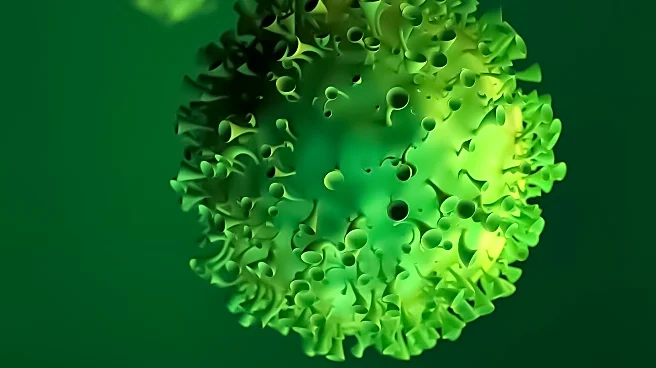What's Happening?
Researchers from the Institute for Bioengineering of Catalonia and West China Hospital of Sichuan University have achieved a significant breakthrough in Alzheimer's research by using nanotechnology to reverse symptoms in mice. The study demonstrated that restoring the normal function of the brain's vasculature, specifically the blood-brain barrier (BBB), can lead to a striking reversal of Alzheimer's pathology. The approach involves using nanoparticles as therapeutic agents to clear amyloid-beta proteins, which are associated with Alzheimer's disease. This method has shown to restore the BBB's function, allowing for the elimination of waste proteins and improving cognitive function in mouse models.
Why It's Important?
This research offers a promising new avenue for Alzheimer's treatment, focusing on the vascular system rather than neurons. By targeting the BBB, the therapy could enhance the effectiveness of existing treatments and slow disease progression. The findings highlight the critical role of vascular health in neurodegenerative diseases and suggest that improving BBB function could lead to better patient outcomes. If successful in humans, this approach could provide a much-needed breakthrough in Alzheimer's treatment, potentially reducing the caregiving burden and improving the quality of life for patients and their families.
What's Next?
Further research is required to determine if these findings can be translated to human patients. Clinical trials will be necessary to assess the safety and efficacy of this nanotechnology-based approach in humans. The research team is optimistic that restoring BBB function could lead to improved brain health and slow the progression of Alzheimer's disease. Continued exploration of this therapy could pave the way for new treatments that address the vascular contributions to Alzheimer's and other neurodegenerative diseases.










